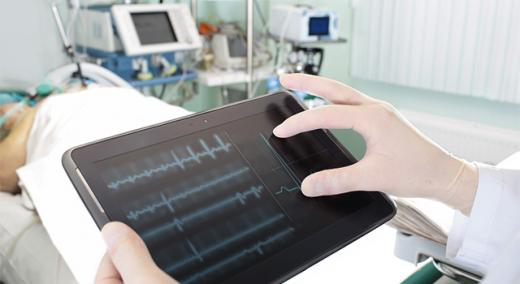Having appeared in the early 2000s, connected health technologies have gradually become a game changer in the healthcare industry. Healthcare providers that have embraced smart medical IoT solutions reduce costs, improve patient experience, and ensure preventive care.
|
ADVERTISEMENT |
The trend is not fading away. According to Research and Markets, the global health and wellness device market will grow threefold and reach around $152 billion in 2027.
The internet of medical things (IoMT) includes many tools, from blood pressure monitors and pulse oximeters to smart pill dispensers. Nevertheless, implementing medical devices and related software has specific challenges.
How do you ensure the integration of IoMT devices in your practice? We consider the four barriers and see how developers can help to overcome them.
…

Add new comment